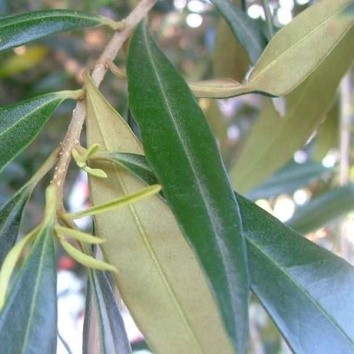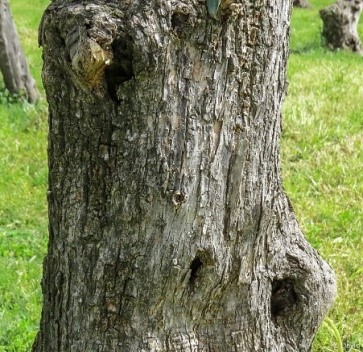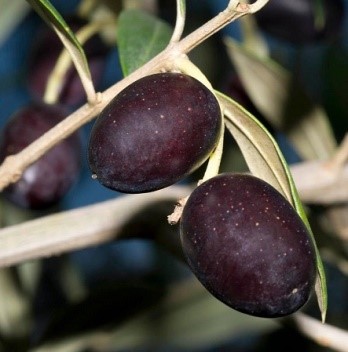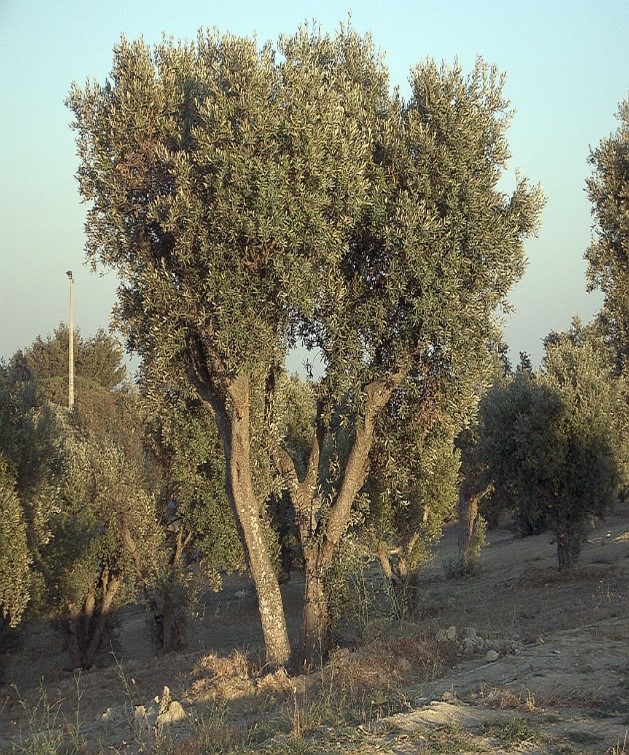Trees
Olea europaea L.
Olea europaea L.
Description :
The plant is an evergreen tree or shrub. Its height is about 8-15m. The
leaves are oblong and shiny silvery green and are 4 to 10 cm long and 1 to 3 cm
broad. The trunk is twisted and gnarled. The flowers are white and small. The
fruit is 1 to 3 cm long when ripe. It contains a seed commonly referred as
"pit" or "stone" in English language. The olive's fruit is
also called as olive; it is the source of olive oil and has a major agricultural
importance in the Mediterranean region.
Distribution :
Olive tree can be found in the Mediterranean Basin. The species is cultivated in all the countries of the Mediterranean, as well as in subcontinent (Pakistan, India and Bangladesh), Australia, New Zealand, North and South America and South Africa. This prefers to grow calcareous soils, flourish and prosperous well on limestone slopes and coastal climate conditions. They grow in any light soil including clay if it is well drained, but in rich soils.
Uses :
The olive tree mainly cultivated due to
its olive oil which has many amazing properties. Edible oil extracted from pulp
of the fruit and commonly used as a cooking and salad oil and in the
preservation of various foods. About 80-90% of all harvested olives are turned
into oil, while about 10 to 20 % are used for other purposes. The olive is one of the "trinity"
or "triad" of basic ingredients in Mediterranean cuisine and fondly
used through-out world as health food. For medicinal purposes it is
traditionally used as diuretic, emollient, laxative, febrifuge, skin cleanser,
cholagogue, hypotensive, and also used for the treatment of urinary infections,
gallstones, bronchial asthma and diarrhoea.
(Blatchly et al., 2017;
Rugini et al., 2016)



